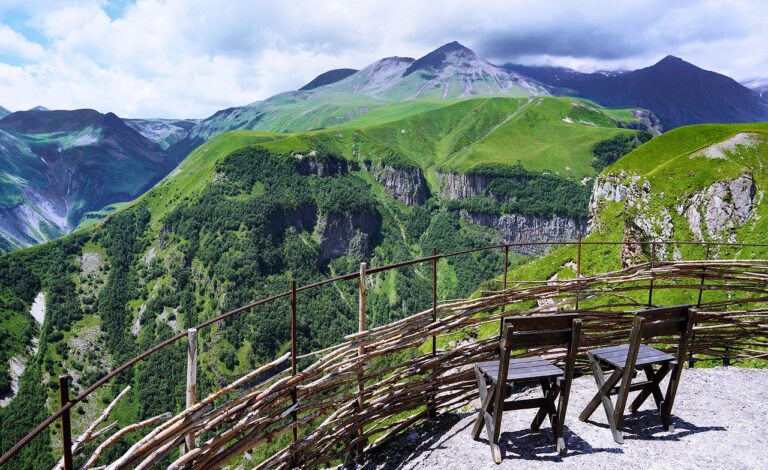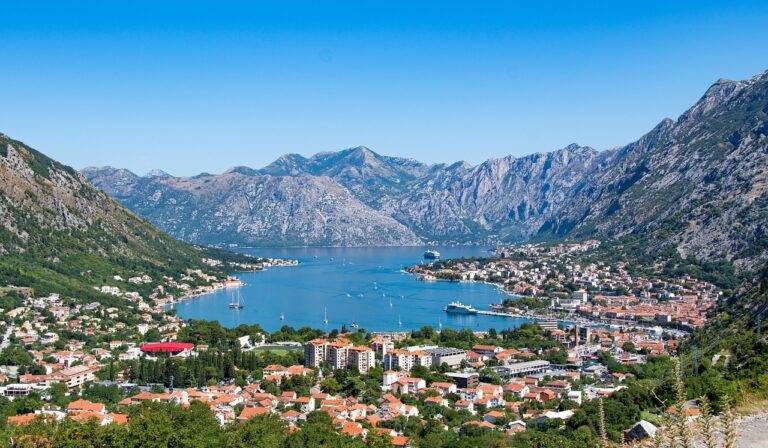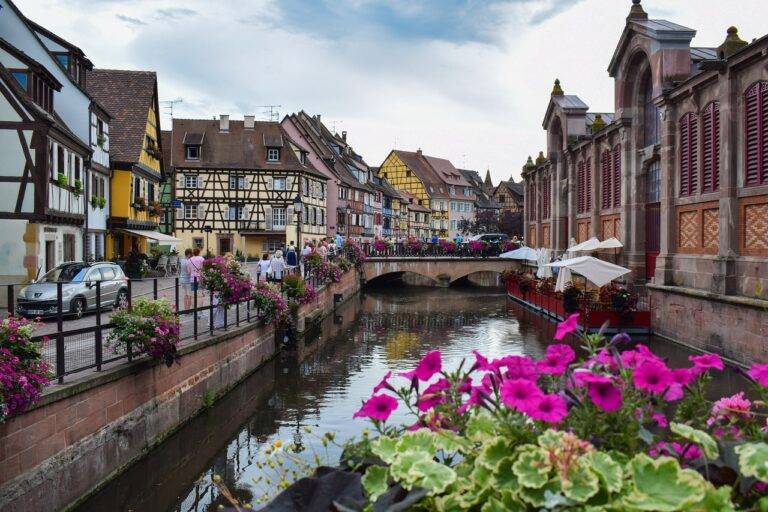Exploring Famous Gardens and Botanical Spaces
As a reflection of global biodiversity, botanical gardens serve as living museums of plant life. One such remarkable institution is Kew Gardens in London, United Kingdom. Established in 1840, Kew Gardens boasts an impressive collection of over 50,000 plants, making it one of the most diverse botanical gardens in the world. The garden’s iconic Victorian Palm House and Temperate House are architectural marvels that house rare and exotic plant species from various climates.
Moving across the Atlantic, the New York Botanical Garden in the United States is another standout destination for plant enthusiasts. Spread across 250 acres, this urban oasis is home to over one million plants, including a renowned collection of orchids and a 50-acre native forest. Visitors can explore themed gardens, such as the Peggy Rockefeller Rose Garden and the Haupt Conservatory, which showcases tropical and desert flora.
The History of Botanical Gardens
Botanical gardens have a rich history that dates back centuries. These specialized gardens were originally created for the cultivation and study of various plant species. The first documented botanical garden was the Garden of the Faculty of Medicine in the University of Pisa, established in 1544.
Throughout the centuries, botanical gardens have evolved to serve multiple purposes. They have become centers for research, conservation, and education, playing a crucial role in promoting awareness about plant diversity and the importance of environmental preservation. Today, botanical gardens around the world continue to be hubs of scientific discovery and platforms for showcasing the beauty and diversity of plant life.
Famous Gardens in Europe
Versailles Gardens in France are synonymous with grandeur and opulence. Extending over 800 hectares, these meticulously manicured gardens boast ornate fountains, perfectly trimmed hedges, and colorful flowerbeds that are a delight to behold. The Versailles Gardens were designed in the 17th century by landscape architect André Le Nôtre, showcasing the French formal garden style that has inspired many gardens around the world.
Kew Gardens in London, England, is a UNESCO World Heritage Site and one of the most famous botanical gardens globally. Established in the 18th century, Kew Gardens house an extensive collection of plants from around the world, including rare and endangered species. Visitors can stroll through the iconic Palm House, marvel at the treetop walkway, and explore the various themed gardens that make Kew a haven for plant enthusiasts and nature lovers.





